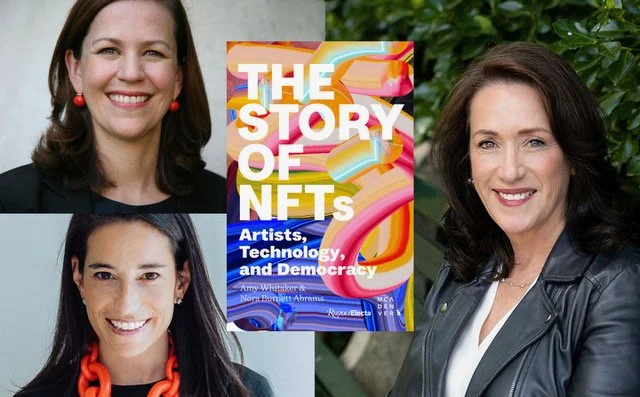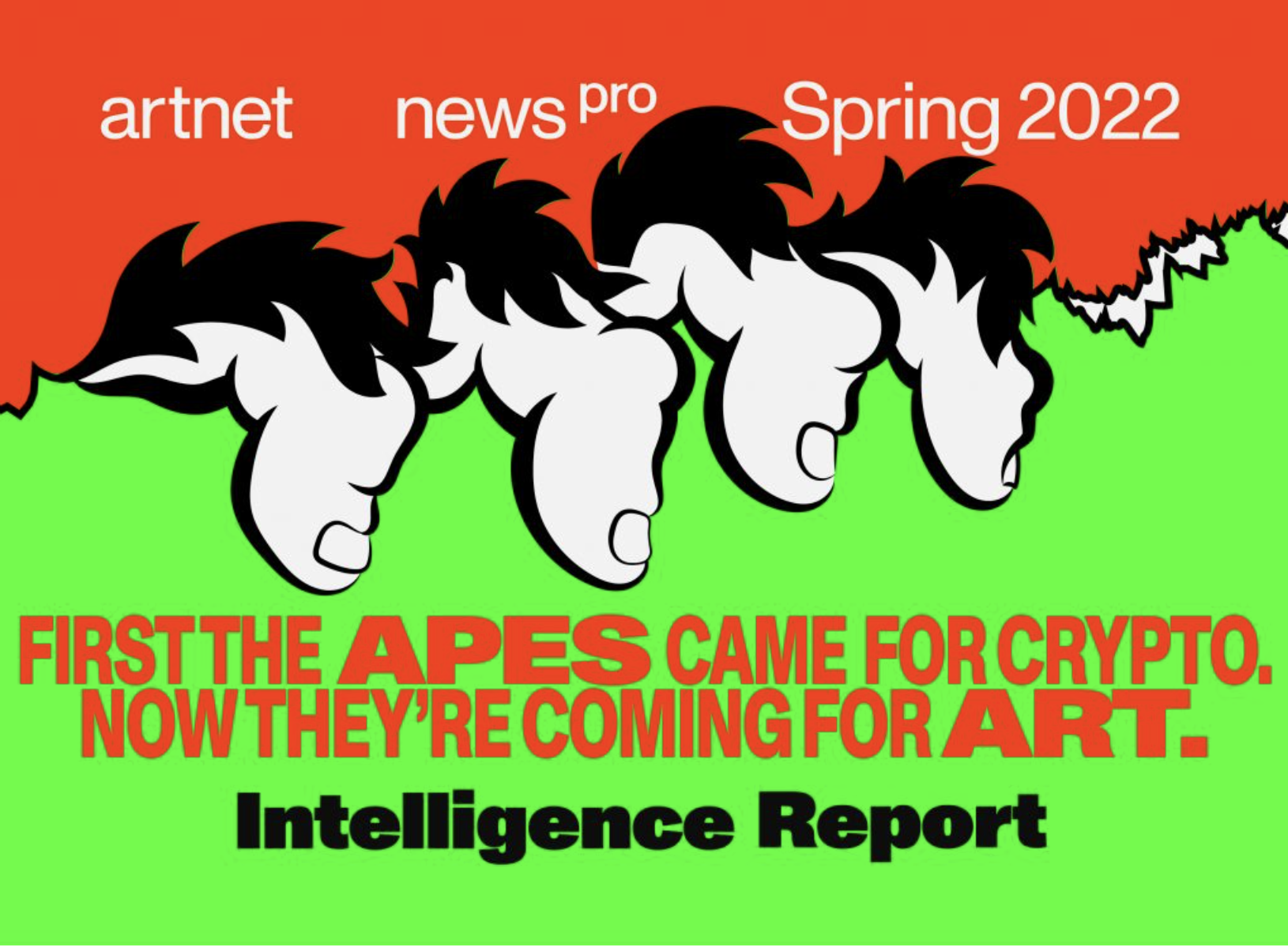In the 19th episode of our podcast, Reading the Art World, we are speaking with Nora Burnett and Amy Whitaker about their latest book, The Story of NFTs: Artists, Technology, and Democracy, published this year by Rizzoli Electra and the Museum of Contemporary Art Denver.
The authors explain the concepts of NFTs in the art world and the underlying technology of blockchain, including their origins, their surprising connections to the history of artmaking and art collecting, and their potential to radically reshape the art world.
"I think on a structural level, we're definitely going to see more and more artists getting behind some of the aspects of blockchain with regard to retaining ownership and having some equity stake in their work. But then on the creative side, I think that's also a place for experimentation.” — Nora Abrams
Amy Whitaker, is an an Associate Professor at New York University, as well as a prolific writer, artist and thinker who's focused on the relationship between art and markets and the impact that emerging technologies are having on the art market. Amy holds a BA from Williams College with honors in political science and art, an MFA in painting, an MBA, and a PhD in political economy.
Nora Abrams is the Mark G. Falcone Director at Museum of Contemporary Art Denver. She's among the youngest museum directors in the country, coming to that role after nearly a decade as the museum's Lead Curator and Director of Planning, organizing over 30 exhibitions. She's written and spoken about the relationship between NFTs and conceptual art in the 1960s and '70s. Nora earned her BA at Stanford University, her MA at Columbia, and her PhD at NYU's Institute of Fine Arts.
Listen to this podcast on Spotify and Apple
Order the book here.
Learn more about Reading the Art World here.









































